Peru, located on the western coast of South America, is a country renowned for its stunning landscapes, rich history, and vibrant culture. From the ancient ruins of Machu Picchu to the lush Amazon rainforest, Peru offers a diverse range of experiences that captivate travelers. With its fascinating history, dynamic cities, and breathtaking natural beauty, Peru stands out as a must-visit destination for those seeking adventure and cultural enrichment.
Table of Contents
Geography
Peru covers an area of approximately 1.28 million square kilometers, making it the 20th largest country in the world. Its diverse geography includes coastal deserts, the high Andes Mountains, and the expansive Amazon rainforest, providing a wide range of environments and ecosystems.
The country’s coastline along the Pacific Ocean stretches for about 2,400 kilometers and is characterized by arid deserts and fertile valleys. The Andes Mountains run through Peru from north to south, featuring some of the highest peaks in South America, including Huascarán, the tallest mountain in Peru. The eastern region of Peru is dominated by the Amazon Basin, which is home to one of the most biodiverse rainforests in the world.
States of Peru
Peru is divided into 26 regions, which are often referred to as states in other contexts. Here’s a table listing all 26 regions of Peru along with their capitals:
| No. | Region | Capital |
|---|---|---|
| 1 | Amazonas | Chachapoyas |
| 2 | Ancash | Huaraz |
| 3 | Apurímac | Abancay |
| 4 | Arequipa | Arequipa |
| 5 | Ayacucho | Ayacucho |
| 6 | Cajamarca | Cajamarca |
| 7 | Callao | Callao |
| 8 | Cusco | Cusco |
| 9 | Huancavelica | Huancavelica |
| 10 | Huánuco | Huánuco |
| 11 | Ica | Ica |
| 12 | Junín | Huancayo |
| 13 | La Libertad | Trujillo |
| 14 | Lambayeque | Chiclayo |
| 15 | Lima | Lima |
| 16 | Loreto | Iquitos |
| 17 | Madre de Dios | Puerto Maldonado |
| 18 | Moquegua | Moquegua |
| 19 | Pasco | Cerro de Pasco |
| 20 | Piura | Piura |
| 21 | Puno | Puno |
| 22 | San Martín | Moyobamba |
| 23 | San Salvador de Jujuy | Jujuy |
| 24 | Tacna | Tacna |
| 25 | Tumbes | Tumbes |
| 26 | Ucayali | Pucallpa |
History
Peru’s history is deeply rooted in its ancient civilizations, Spanish colonization, and the fight for independence. The country was home to the advanced Inca Empire, which ruled over a vast territory in the Andean region from the 15th to the early 16th centuries. The Incas are renowned for their impressive engineering feats, including the construction of Machu Picchu, a UNESCO World Heritage site.
In 1532, Spanish conquistadors led by Francisco Pizarro arrived in Peru, leading to the fall of the Inca Empire and the establishment of Spanish colonial rule. Peru became part of the Spanish Viceroyalty of Peru and remained under Spanish control for nearly 300 years. The country gained its independence in 1821, following a series of wars and revolutionary movements led by figures such as Simón Bolívar and José de la Riva-Agüero.
The 19th and 20th centuries saw periods of political and social upheaval, including conflicts with neighboring countries and internal struggles. Today, Peru is a democratic republic with a growing economy and a rich cultural heritage.
Must-Visit Destinations
1. Machu Picchu
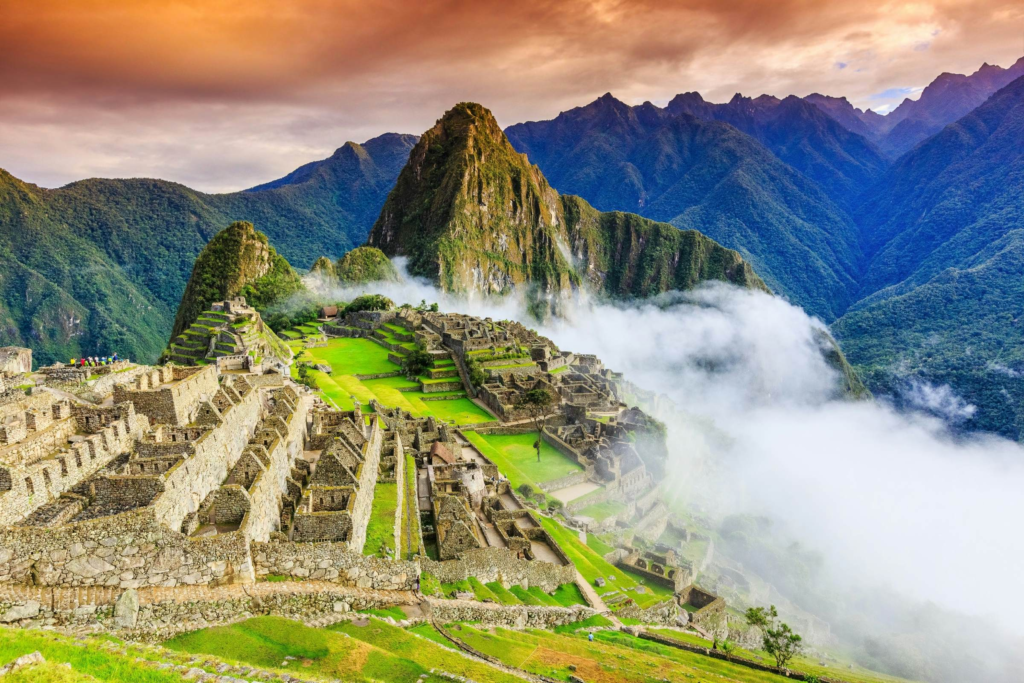
Machu Picchu, often referred to as the “Lost City of the Incas,” is one of Peru’s most iconic landmarks. This ancient Incan citadel, perched high in the Andes Mountains, is renowned for its stunning archaeological remains and breathtaking views. Visitors can explore the well-preserved ruins, including temples, terraces, and staircases, while marveling at the surrounding mountain scenery.
2. Cusco
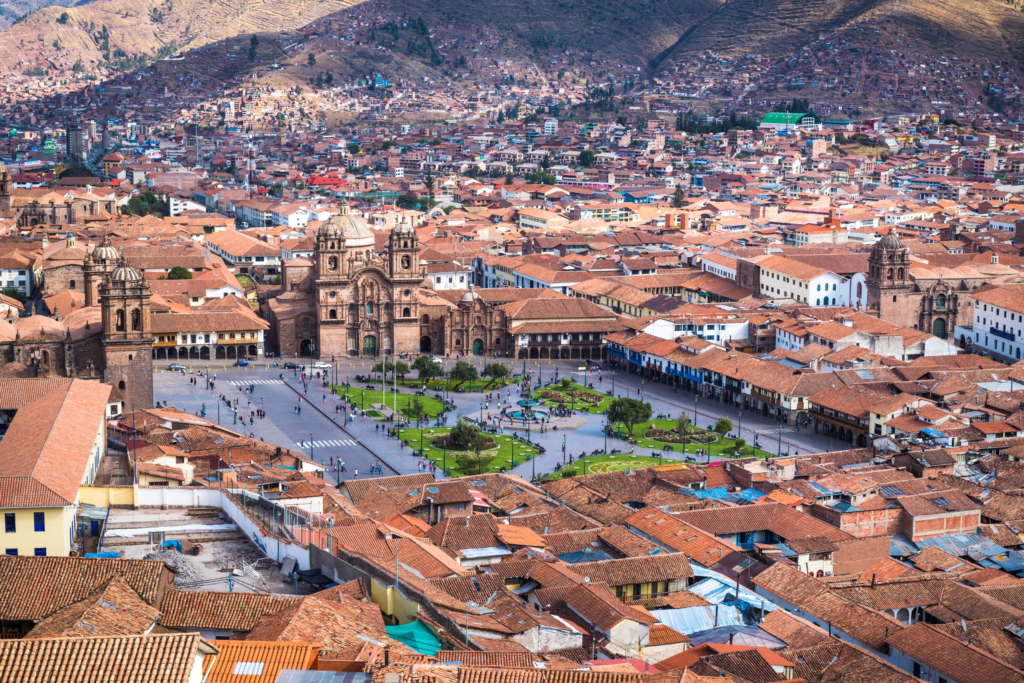
Cusco, the former capital of the Inca Empire, is a city rich in history and cultural significance. It is known for its well-preserved colonial architecture, including the impressive Cusco Cathedral and the Temple of the Sun (Qorikancha). Cusco is also the gateway to the Sacred Valley and Machu Picchu, making it a central hub for travelers exploring the region.
3. Lima
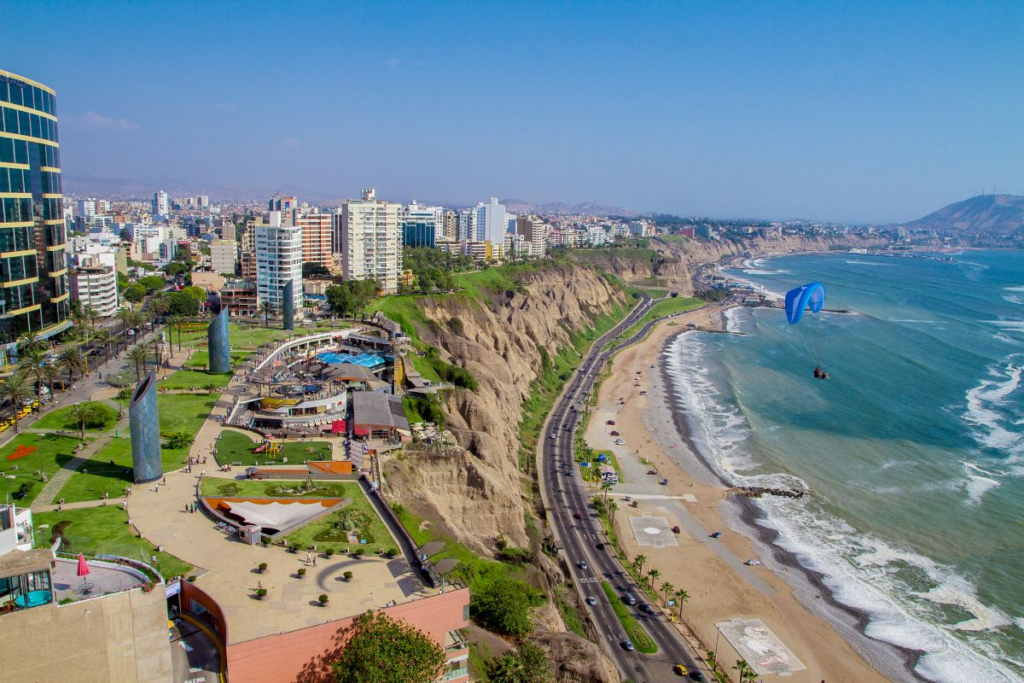
Lima, the capital and largest city of Peru, is a vibrant metropolis with a rich history and modern attractions. The city boasts a mix of colonial and contemporary architecture, with highlights including the historic Plaza Mayor, the Larco Museum, and the lively Miraflores district. Lima is also renowned for its culinary scene, featuring some of the best restaurants in Latin America.
4. Arequipa
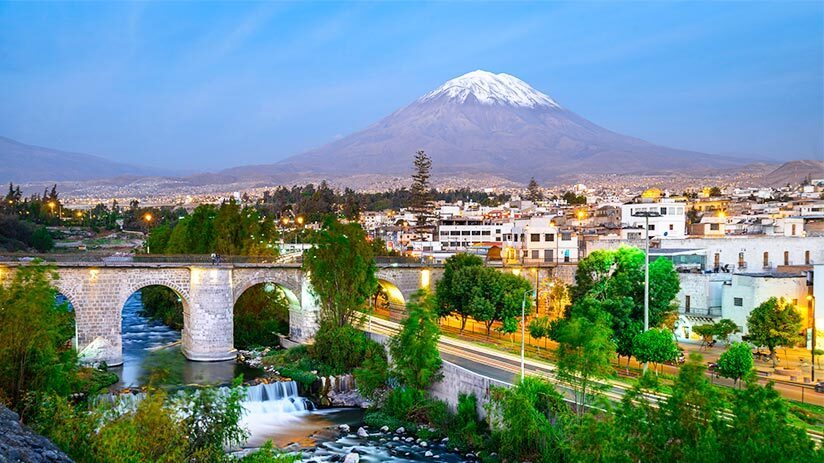
Arequipa, known as the “White City,” is famous for its stunning colonial architecture built from white volcanic stone. The city’s main square, Plaza de Armas, is surrounded by historic buildings, including the Santa Catalina Monastery and the Church of the Company. Arequipa is also a gateway to the Colca Canyon, one of the deepest canyons in the world.
5. Nazca

The Nazca Lines are a series of large geoglyphs etched into the desert floor in southern Peru. These mysterious figures, which include animals and geometric shapes, are best viewed from the air. The origins and purpose of the Nazca Lines remain a topic of fascination and research, making them a unique and intriguing destination.
6. Puerto Maldonado

Puerto Maldonado is a gateway to the Peruvian Amazon, offering access to lush rainforests and diverse wildlife. Visitors can embark on eco-tours and riverboat excursions to explore the Amazon Basin’s rich biodiversity, including monkeys, exotic birds, and colorful insects. The nearby Tambopata National Reserve is known for its pristine habitats and conservation efforts.
7. Huaraz

Huaraz, located in the heart of the Andes, is a popular destination for outdoor enthusiasts and adventurers. The city is known for its proximity to the Huascarán National Park, which features stunning glacial landscapes, high-altitude lakes, and challenging trekking routes. Huaraz offers opportunities for hiking, climbing, and exploring the natural beauty of the Andes.
8. Puno

Puno, situated on the shores of Lake Titicaca, is a city with a rich cultural heritage and a gateway to the lake’s unique attractions. Lake Titicaca, the highest navigable lake in the world, is home to indigenous communities and floating islands made of reeds. Visitors can explore the traditional way of life on the islands and enjoy the scenic beauty of the lake.
9. Paracas

Paracas, located on the Peruvian coast, is known for its stunning natural landscapes and abundant marine life. The Paracas National Reserve features dramatic coastal scenery, including sand dunes, cliffs, and beaches. The nearby Ballestas Islands are a popular destination for wildlife viewing, with opportunities to see sea lions, penguins, and a variety of bird species.
10. Ica
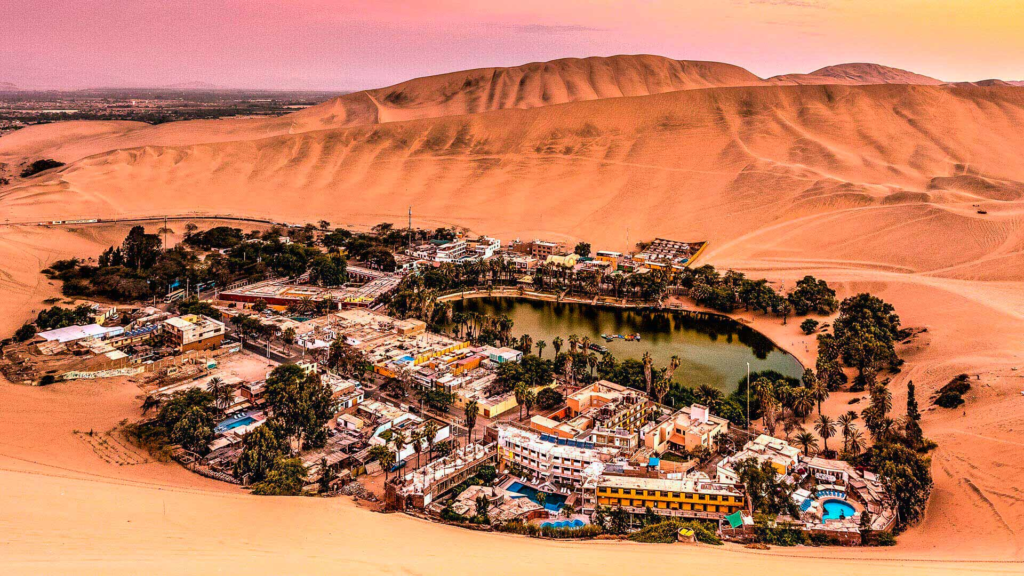
Ica, located in the desert region of southern Peru, is known for its rich history and unique attractions. The city is famous for its ancient Huacachina Oasis, a picturesque lagoon surrounded by sand dunes. Visitors can enjoy sandboarding and dune buggy rides, as well as explore the nearby vineyards and wineries that produce Peruvian wine and pisco.
Culture
Peruvian culture is a vibrant blend of indigenous traditions, Spanish colonial influences, and African heritage. The country’s cultural diversity is reflected in its festivals, music, dance, and art. Traditional dances such as the Marinera and the Huayno, along with vibrant festivals like Inti Raymi (the Festival of the Sun) and the Puno Festival, showcase Peru’s rich cultural heritage.
Spanish is the official language of Peru, but many indigenous languages, such as Quechua and Aymara, are also spoken. Peruvian cuisine is renowned for its diversity and flavor, featuring dishes such as ceviche (raw fish marinated in citrus), lomo saltado (stir-fried beef), and causa (cold potato dish). Peruvian cuisine reflects the country’s rich agricultural heritage and multicultural influences.
Festivals
Peru is known for its lively and colorful festivals, which celebrate the country’s rich cultural heritage and traditions. One of the most famous festivals is Inti Raymi, held in Cusco every June. This ancient Inca festival honors the Sun God and features traditional music, dance, and ceremonial rituals.
Another significant festival is the Festival of the Virgin of Candelaria in Puno, celebrated in early February. This vibrant event includes parades, traditional dances, and colorful costumes, honoring the patron saint of the city. The festival showcases Peru’s deep-rooted religious and cultural traditions, attracting visitors from across the country and beyond.
Economy
Peru’s economy is diverse, with key sectors including mining, agriculture, and tourism. The country is one of the world’s largest producers of minerals, including copper, gold, and silver. Mining plays a crucial role in Peru’s economy, contributing significantly to export revenues and economic growth.
Agriculture is another important sector, with Peru being a major producer of crops such as coffee, potatoes, and quinoa. The country’s rich agricultural land and favorable climate support a wide range of crops and livestock. Tourism also plays a significant role in Peru’s economy, with visitors drawn to the country’s historical sites, natural beauty, and cultural experiences.
Cuisine
Peruvian cuisine is renowned for its rich flavors and diverse ingredients. The country’s culinary traditions are influenced by indigenous ingredients, Spanish colonial flavors, and international influences. Popular dishes include ceviche, a refreshing dish made with raw fish marinated in citrus juices and mixed with onions and cilantro.
Lomo saltado, a stir-fry of beef, tomatoes, onions, and Peruvian spices, reflects the fusion of indigenous and Chinese culinary traditions. Another traditional dish is causa, a cold potato dish layered with seafood or meat. Peruvian cuisine also features a variety of unique ingredients, such as quinoa and potatoes, which are staples in the country’s diet.
Top Eight Most Famous Food
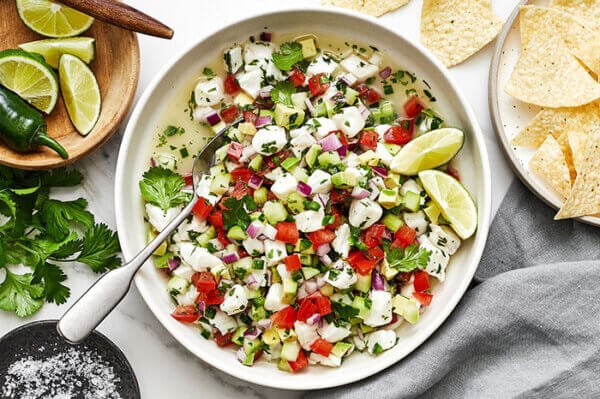

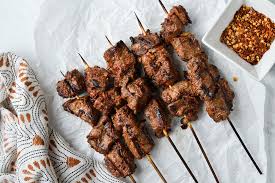


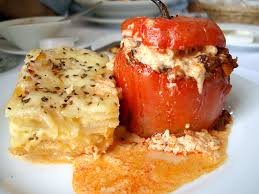

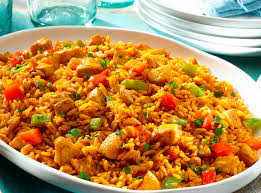
Interesting Facts
- Peru is home to Machu Picchu, one of the New Seven Wonders of the World.
- Lake Titicaca, located in Peru, is the highest navigable lake in the world.
- The country is the birthplace of the potato, with over 3,000 varieties grown in the country.
- The Nazca Lines, large geoglyphs etched into the desert floor, remain a mystery and can only be fully appreciated from the air.
- The Amazon rainforest covers approximately 60% of Peru’s territory and is one of the most biodiverse regions on the planet.
- The country’s capital, Lima, is known for its exceptional culinary scene and is home to several world-renowned restaurants.
- The country has over 59 national parks, protecting a wide range of ecosystems and wildlife.
- The city of Cusco was the capital of the Inca Empire and is a UNESCO World Heritage site.
- Capital city, Lima, was founded in 1535 by Spanish conquistador Francisco Pizarro.
- The country is one of the world’s largest producers of alpaca wool, which is used to make high-quality textiles and garments.
Conclusion
Peru is a country of extraordinary beauty, cultural depth, and historical significance. From the ancient ruins of Machu Picchu to the bustling streets of Lima, Peru offers a wealth of experiences that appeal to travelers of all interests. Its diverse landscapes, vibrant festivals, and rich culinary traditions make it a destination that promises adventure and cultural discovery. Whether exploring the high Andes, relaxing on the shores of Lake Titicaca, or delving into the mysteries of the Nazca Lines, Peru provides a unique and unforgettable journey.
let’s enjoy few years on earth with peace and happiness….✍🏼🙏

